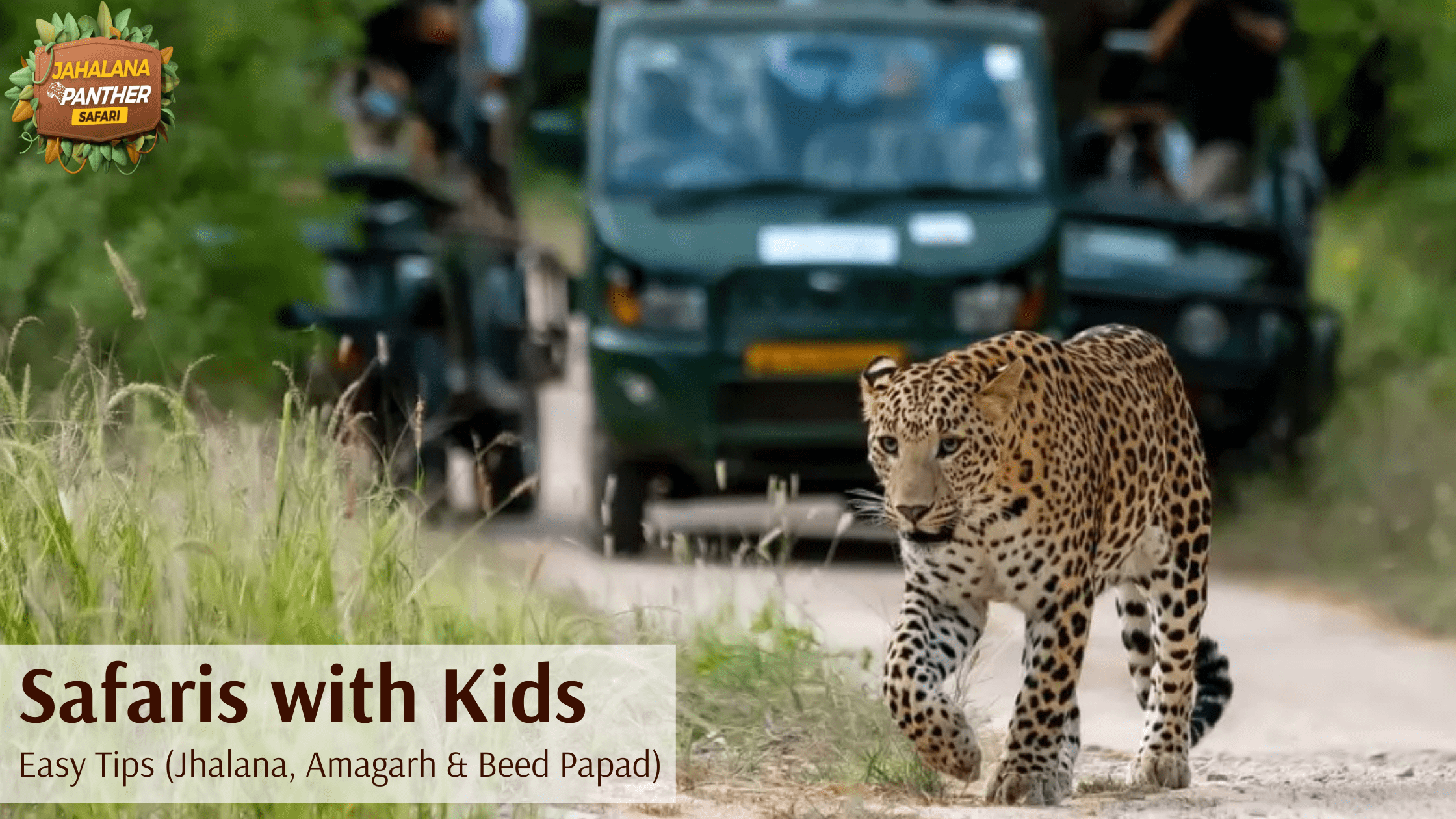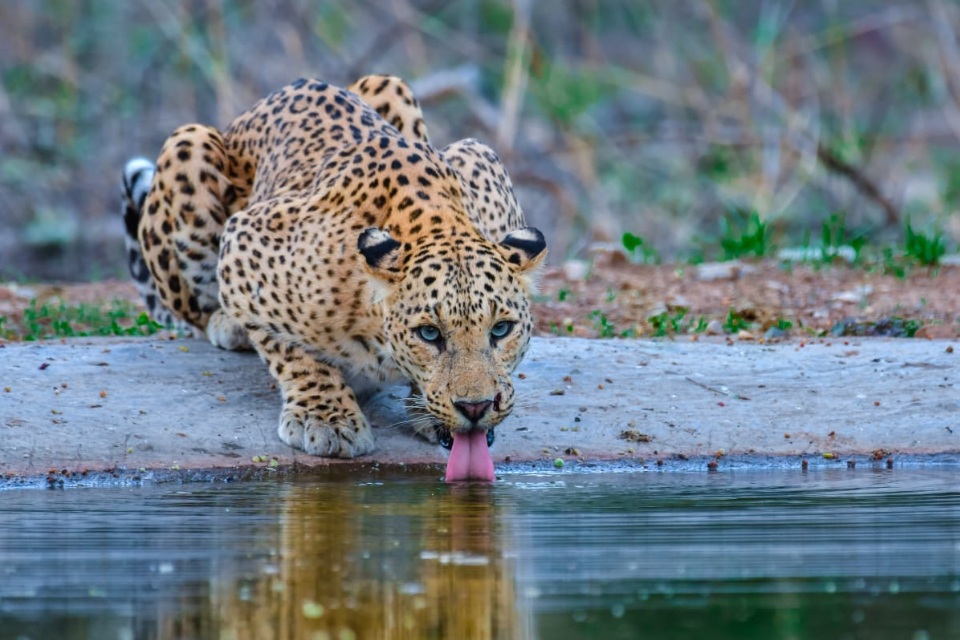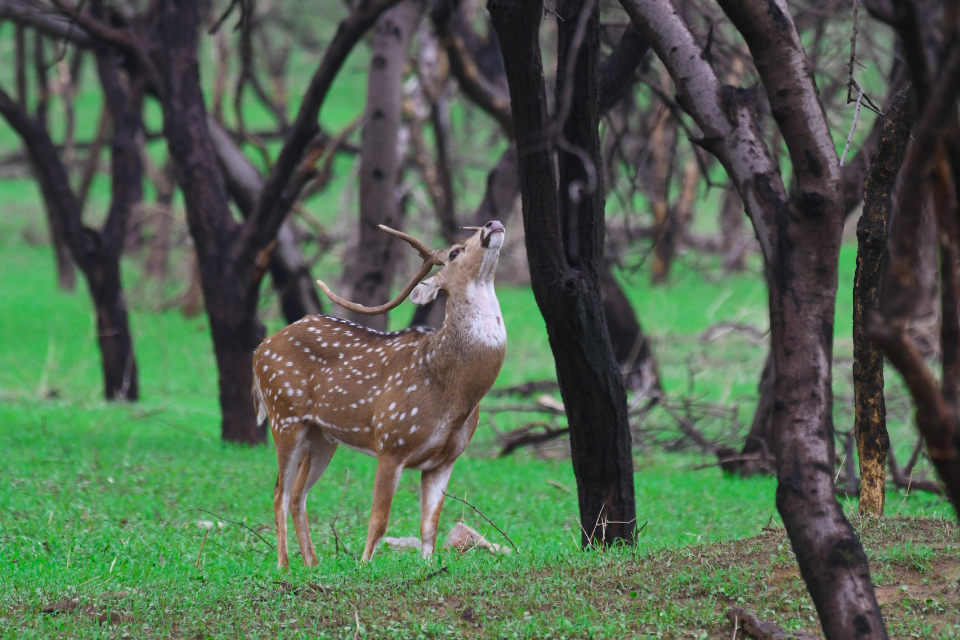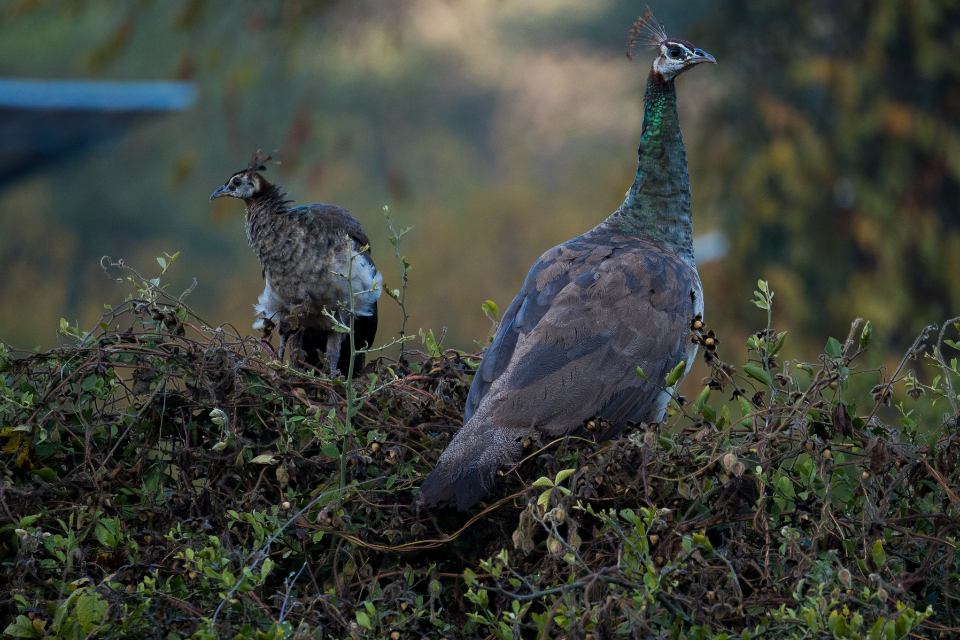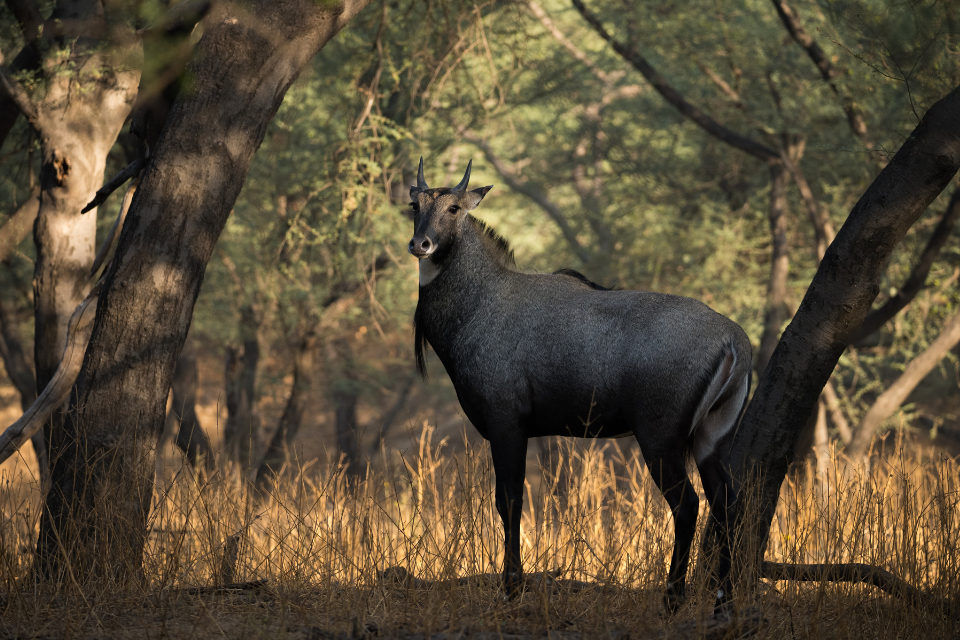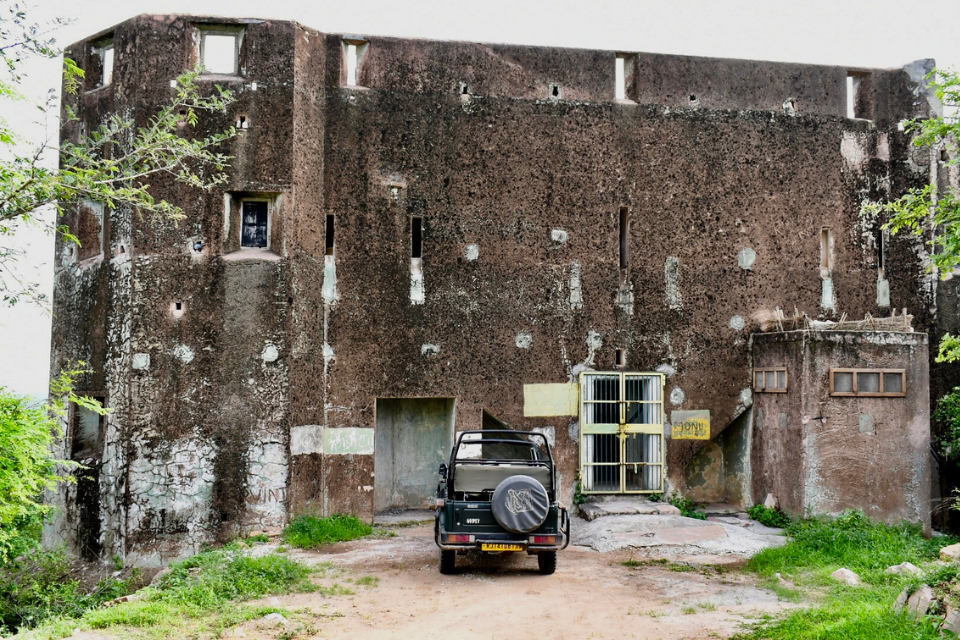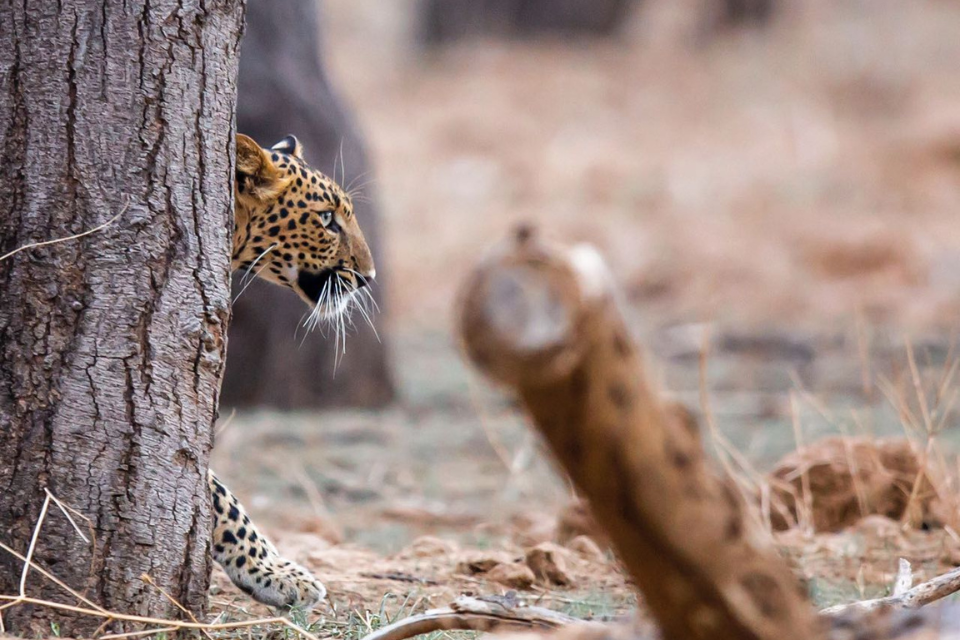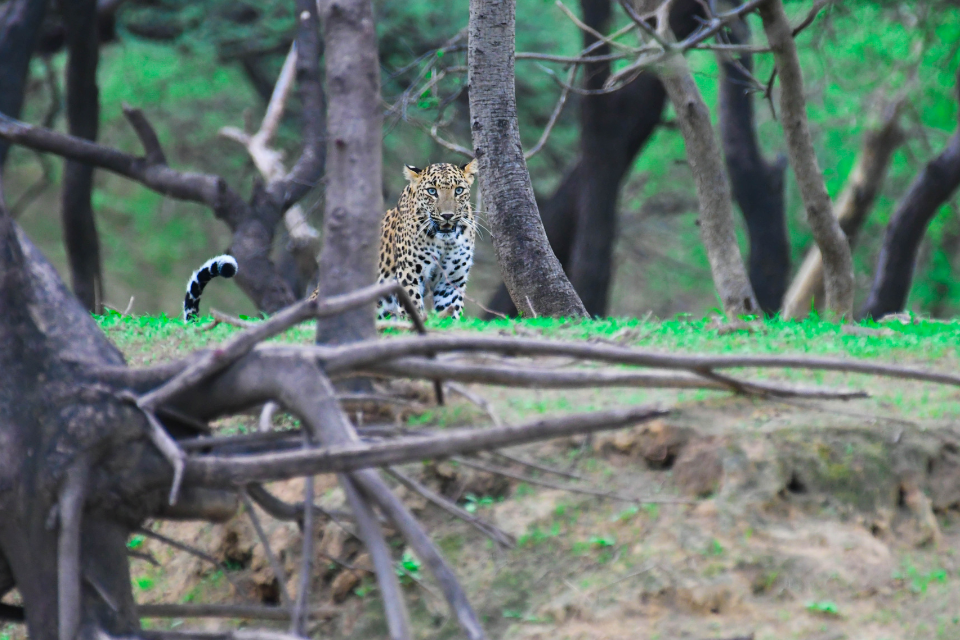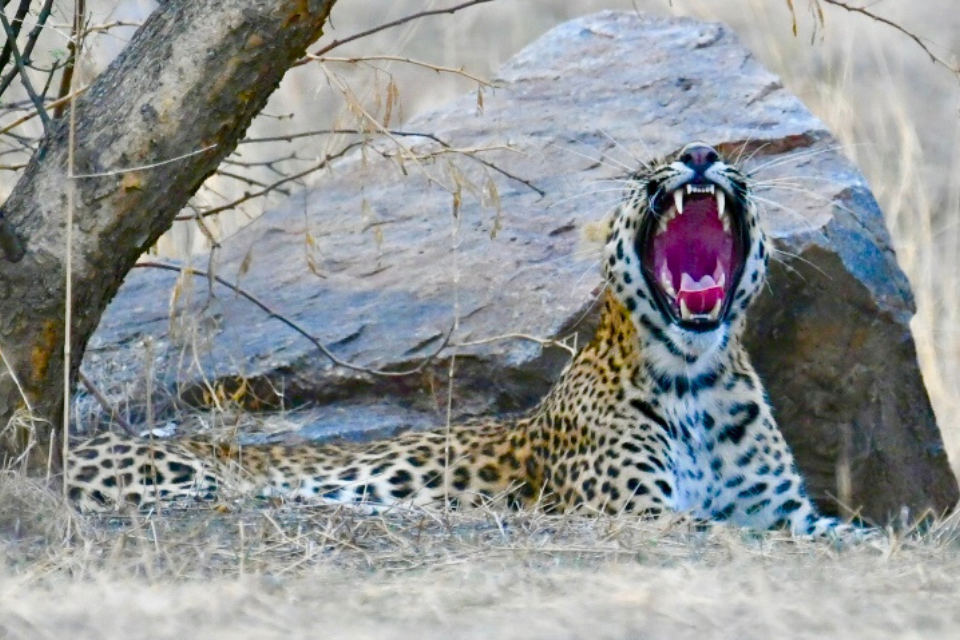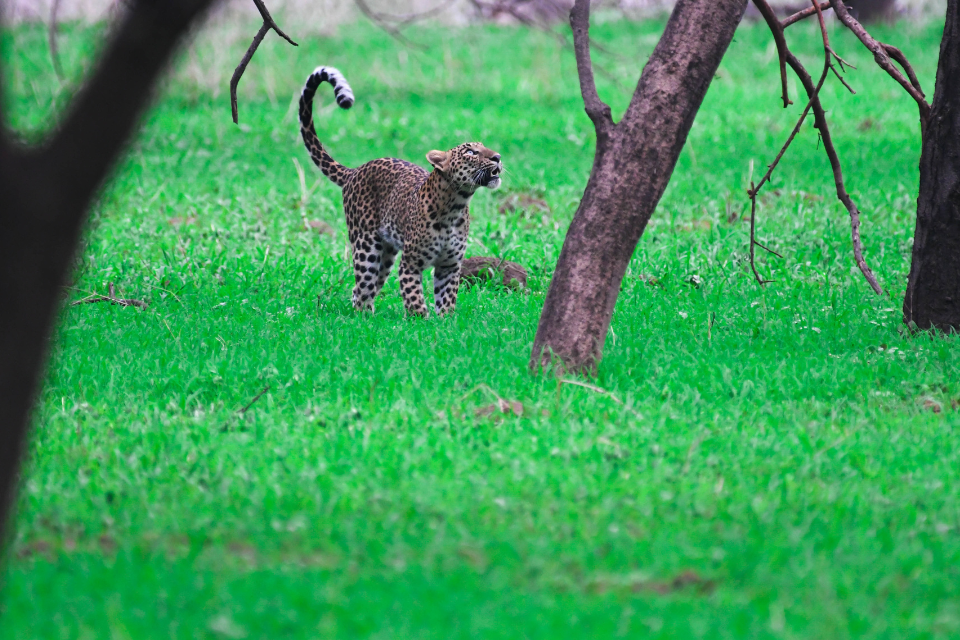- August 22, 2025
Safaris with Kids: Easy Tips (Jhalana, Amagarh & Beed Papad)
Why go on safari with kids in Jaipur?
Because it’s short, close to the city, and wildly memorable. Jhalana, Amagarh, and Beed Papad are compact Aravalli habitats where drives last ~2–2.5 hours—perfect for small attention spans. You get real wildlife (leopards, hyenas, jackals, birds, reptiles) without an all-day commitment. With a little prep—quiet voices, middle seats for little ones, snacks, and sun/rain gear—you’ll turn “Are we there yet?” into “When can we go again?”
The 60-second version (print or screenshot)
- Pick morning for toddlers, evening for older kids who can handle late dinners.
- Book a full jeep if budget allows—more control over stops and noise.
- Middle seats for kids; hands inside; no standing while moving.
- Pack light & smart: water, electrolytes, hat, scarf, light jacket (monsoon), wipes, small towel.
- Set rules before you start: whisper voices, no sudden pointing/shouting, no dangling arms.
- Make it a game: animal bingo, “spot the track,” bird call copycat.
- End early if needed: the goal is a happy first experience, not ticking every species.
Choosing the right shift (by season & age)
- Winter (Nov–Feb): Crisp light, cool mornings. Best for any age. Mornings are magical; evenings get chilly—carry a light layer.
- Summer (Apr–Jun): Hot but active near water. Early mornings are kinder to toddlers; evenings are great but can be warm at boarding—carry cold water and a cap.
- Monsoon (Jul–Sep): Green and gorgeous. Showers can pass quickly; evenings after rain are lively. Pack a light rain jacket and a dry bag.
- Shoulder months (Mar & Oct): Balanced; choose according to your child’s routine (nap times are real).
If your child sleeps early, pick morning. If they’re night owls, try evening—the golden light keeps older kids engaged.
Seating & safety that actually work
- Middle bench for kids. It’s the smoothest ride and keeps them away from edges.
- Adults take outer seats. One adult beside each child if possible.
- No standing while the gypsy is moving. Seated, hands inside, soft voices.
- Follow your guide’s cues. They balance animal behavior, route rules, and your family’s comfort.
- Photo rules: No flash, no leaning out, no blocking the driver’s view.
If your child is very young, bring a soft neck pillow for naps and a thin shawl (winter). For motion-sensitive kids, a simple anti-nausea band or your pediatrician-approved option helps on bumpy tracks.
What to pack (family edition)
- Water + electrolytes (kids dehydrate quietly).
- Snacks that don’t crumble or rustle loudly—energy bars, bananas, small sandwiches.
- Sun gear: hat/cap, scarf for dust, child-safe sunscreen, sunglasses.
- Weather gear: light jacket (winter), thin rain jacket + zip bag for phones (monsoon).
- Comfort: small towel, wet wipes, tissues, spare face mask/handkerchief.
- Mini kit: band-aids, child-safe insect repellent, any regular meds.
- Entertainment (silent): animal bingo printout, small notebook + pencil, or a simple field checklist.
Pack one daypack per family so boarding is fast and nothing gets left behind.
Kid behavior: set the script before you roll
- Whisper rule: animals hear better than we do—quiet = more sightings.
- Freeze game: when the guide raises a hand, everyone goes still (turn it into a fun signal).
- Spotter turn-taking: each child gets 5–10 minutes as “official spotter”—reduces the “He took my seat!” drama.
- Look through, not at: teach them to scan edges, shadows, and ridges instead of staring at one spot.
Make it positive: praise good “safari manners.” A simple sticker or stamp reward after the drive works wonders.
Heat, dust, and rain: keep kids comfortable
- Heat (summer): Board in a cap, pre-hydrate (a few sips), and use a scarf as a dust shield. Ask the driver to park with breeze toward you when waiting—small comfort, big difference.
- Dust (all seasons): Keep a soft cloth for glasses/camera lenses; teach kids not to rub eyes with dusty hands.
- Rain (monsoon): Light jacket + quick-dry tee; keep one dry bag for a phone/camera and a spare shirt for the smallest kid.
Food, water & restroom planning (real talk)
- Eat a light meal 45–60 minutes before boarding. Too full = sleepy, too hungry = cranky.
- Carry quiet snacks and small sips of water; offer electrolytes in summer.
- Restrooms: Plan a stop before you report at the gate. Inside the forest, facilities are limited or nil; once the drive starts, you’re on a fixed route. Tell kids this upfront so they know why timing matters.
Motion sickness & nerves
For the child who gets queasy: seat them center-forward, eyes on the horizon, not the phone. Short, steady breathing helps. For the child who’s anxious about animals: start with birds, antelope, peacocks, and tracks/pugmarks. Building confidence on “safe” sightings makes the big cat moment—if it happens—feel exciting, not scary.

Make it fun (and quiet) without screens
- Animal bingo: 4×4 grid—peacock, nilgai, langur, bee-eater, monitor lizard, jackal, leopard “sign” (track or scat), etc.
- Color-hunt: find five shades of green after rain, or three textures of rock.
- Sound safari: how many bird calls can you hear? (Drongo, lapwing, peafowl are common.)
- Mini-sketch challenge: 60-second drawing of what they just saw.
- Naturalist of the Day: the child who spots the first animal gets to ask the guide one question at the end.
All of these keep kids engaged quietly—the golden rule.
Photography with kids (ethical & easy)
- Give them a binocular moment first; phones later.
- Teach “elbows in, sit down”—stable equals sharp.
- Set phone cameras to burst mode; for DSLRs, keep 1/800–1/1000s for moving subjects.
- Aim for landscapes + context too: not every frame must be a close-up.
- No flash, no calling animals, no leaning out—safety over the shot.
Choosing the zone for a first family safari
- Jhalana: Close to town, great for first timers; open scrub and rocky slopes suit short attention spans.
- Amagarh: Scenic ridges near Galta side; older kids enjoy the “temple-and-wildlife” storyline.
- Beed Papad: New routes and restored waterholes; quieter feel with limited vehicle numbers—great for families who value calm over crowds.
When in doubt, start with Jhalana in the morning; add Amagarh at dusk on day two; try Beed Papad if you want a newer, less busy vibe.
Two family-friendly sample plans
Half-day (morning Jhalana)
- 05:30–06:00: Light breakfast + restroom stop
- 06:15: Report at gate, safety chat with kids
- 06:30–09:00: Safari (rotate “spotter” every 10 mins; one snack stop)
- 09:30: Breakfast treat in the city + nap time
Full day (Jhalana + Amagarh)
- Morning: Jhalana safari
- Midday: Rest + kid-friendly lunch (cool, quiet)
- Late afternoon: Amagarh safari (carry a light jacket in winter / rain shell in monsoon)
- Evening: Early dinner; lights-out reward
Accessibility & special needs
- Tell your operator beforehand if you need easier step-in vehicles, extra time at boarding, or a specific seat.
- Bring noise-dampening ear covers if your child is sensitive to sound.
- Pack meds in a labeled pouch, keep a contact number on a wristband, and brief the guide about any triggers (e.g., sudden horn sounds).
Booking pointers specifically for families
- Full jeep > sharing if your child is <7 years old or easily excited—control your pace, choose quieter stops, and leave early if needed.
- Weekdays are calmer.
- First shift of the day tends to be cooler and less crowded at the gate.
- Name and ID must match exactly on the permit; carry the same ID to the gate.
- Ask your operator for the reporting point a day prior and arrive 20–30 minutes early to settle in without rush.
Safety rules to teach kids (the non-negotiables)
- We sit while moving.
- We whisper at sightings.
- Hands and phones stay inside the jeep.
- We never feed or call animals.
- We follow the guide’s instructions—fast.
Repeat them before boarding, and again at the first stop. Turn it into a quick chant; kids remember what’s fun.
Common questions parents ask (FAQ)
1) Is a leopard safari safe for young kids?
Yes—when you follow rules. These are regulated drives with trained guides on fixed tracks. Choose middle seats for kids, keep voices low, and never ask the driver to move closer to an animal.
2) What’s the best age to start?
You know your child best. Many families start around 4–5 years, when kids can follow simple rules. Teens love the photography and tracking aspect.
3) Morning or evening—what’s better with kids?
For toddlers, morning (cooler, closer to nap time). For older kids, evening (golden light, post-school energy). In summer, mornings are much more comfortable.
4) What if my child needs a restroom during the drive?
Use facilities before boarding. Inside, options are limited and the route is fixed—explain this to kids ahead of time.
5) Are strollers allowed in the jeep?
Open jeeps have limited space; soft, foldable strollers usually stay in the car/at hotel. Carry your child on the bench if needed; always seated while the vehicle moves.
6) Will we definitely see a leopard?
No safari can promise sightings. Celebrate everything—tracks, alarm calls, jackals, peafowl, raptors, even rock shapes kids think look like animals. That mindset keeps the trip joyful.
7) Can kids use binoculars or cameras?
Absolutely—teach elbows in, sit down, and no leaning out. Hand them light, simple gear and focus on steady, wide scenes.
8) What should we wear?
Neutral colors (olive, brown, khaki), closed shoes with grip, hat/cap, and a light layer for winter/evenings. Avoid bright whites that reflect and distract.
Disclaimer All images used in this blog are either sourced from public domain or credited to their respective owners. If you are the copyright holder of any image and wish to request its removal or proper attribution, please contact us at [email protected]
